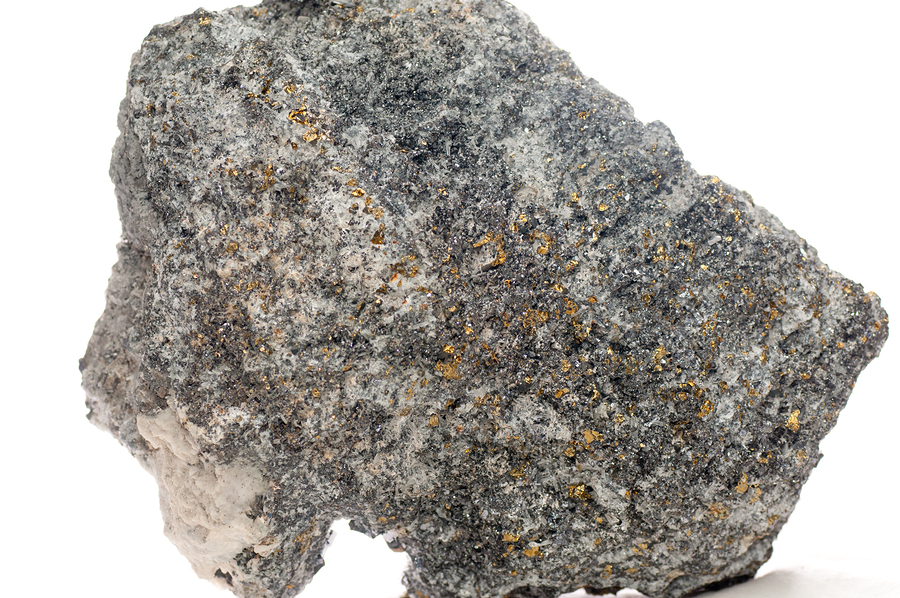Paradoxical as it may appear, the ecological movement that many Western countries are undertaking may not be so green after all… At issue is exploration for rare earths – highly sought after by those involved in energy transformation – for which the effects on the environment will negate the expected benefits. Take a few moments to discover the secrets of rare earths.
Disputed exploration for ever-growing demand
Full of names that are as unpronounceable as they are exotic (scandium, ytterbium, dysprosium…), rare earths are found in abundance in earth’s crust. So why then are they called “rare”? Their very low concentration or the difficulty of extracting them with the techniques of the time (18th century) could be the cause. Still their extraction continues to arouse controversy, particularly due to the costly methods that are devastating to the environment, as illustrated by Guillaume Pitron, author of The Rare Metals War – The Hidden Face of the Energy and Digital Transformation: illegal exploitation of mines in China, use of chemical reagents, disposal of toxic elements (sulphuric acid, uranium and thorium) in rivers that can lead to radioactivity up to 32 times higher than normal… However, extraction is far from stopping because, for one thing, substitute materials are lower quality and more expensive, and also ecological and technological players are very fond of it. As evidence are solar panels, wind turbines (600 kg of neodymium for the alternators), electric cars, computers and mobile phones, connected objects, medical radiography, fluorescent lighting, and including communication satellites, combat aircraft, radar as well as smart missiles and bombs… So it’s not coincidence that they are also called strategic metals.
When China led the dance alone
As early as the 1980s and 1990s, China set itself to become the leading producer of rare earths, and it has given itself the means. National programs and an anti-export policy got the better of companies in Australia, America, Brazil… who had to either close up shop or move their factories to China. So it is that China now controls 75% of the world’s rare earths, while it only possesses 37% of the deposits, according to the United States Geological Survey (18% in Brazil, 18% in Vietnam, 15% in Russia and 1.2% in the United States). Faced with such a monopoly, countries are finally reacting. On the one hand, Australia (Mount Weld) and California (Mountain Pass) have decided to reopen their mines, a decision facilitated by soaring prices (dysprosium and terbium being multiplied by 6 and 9 respectively) which will allow them to avoid working at a loss. On the other hand, no fewer than 312 exploration projects distributed over 34 countries and operated by more than 200 different companies have been launched. In Canada, three provinces are in the spotlight: Alberta, with the Alberta Black Shale Project, the Northwest Territories and its Nechalacho Rare Earth Element Project as well as Saskatchewan with the Hoidas Lake Project. By 2020, around twenty companies will be in a position to compete with China. To be continued…
State-of-the-art with the establishment of state programs, public laboratories and institutes dedicated entirely to rare earths, China has rapidly become a threat that has been belatedly taken seriously by the international community. It is a threat that President Trump decided to tackle, in December 2017, with an executive order aiming to restart the critical metals sector to avoid a crisis of supply. Delusion or hope?
